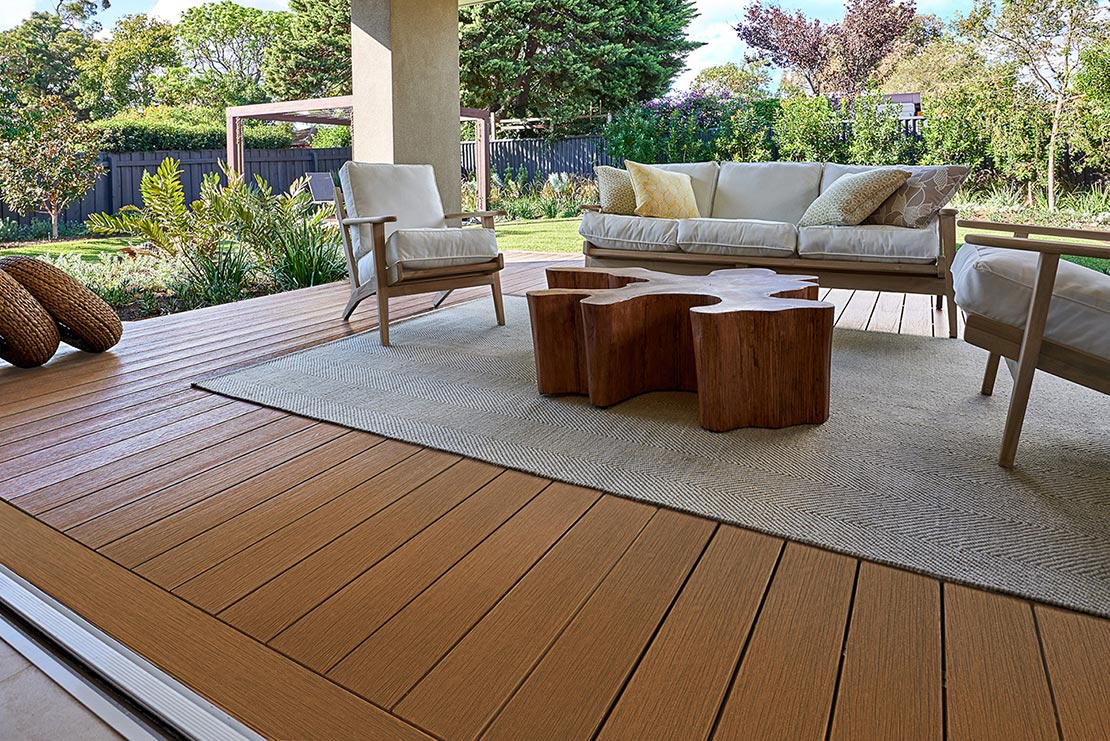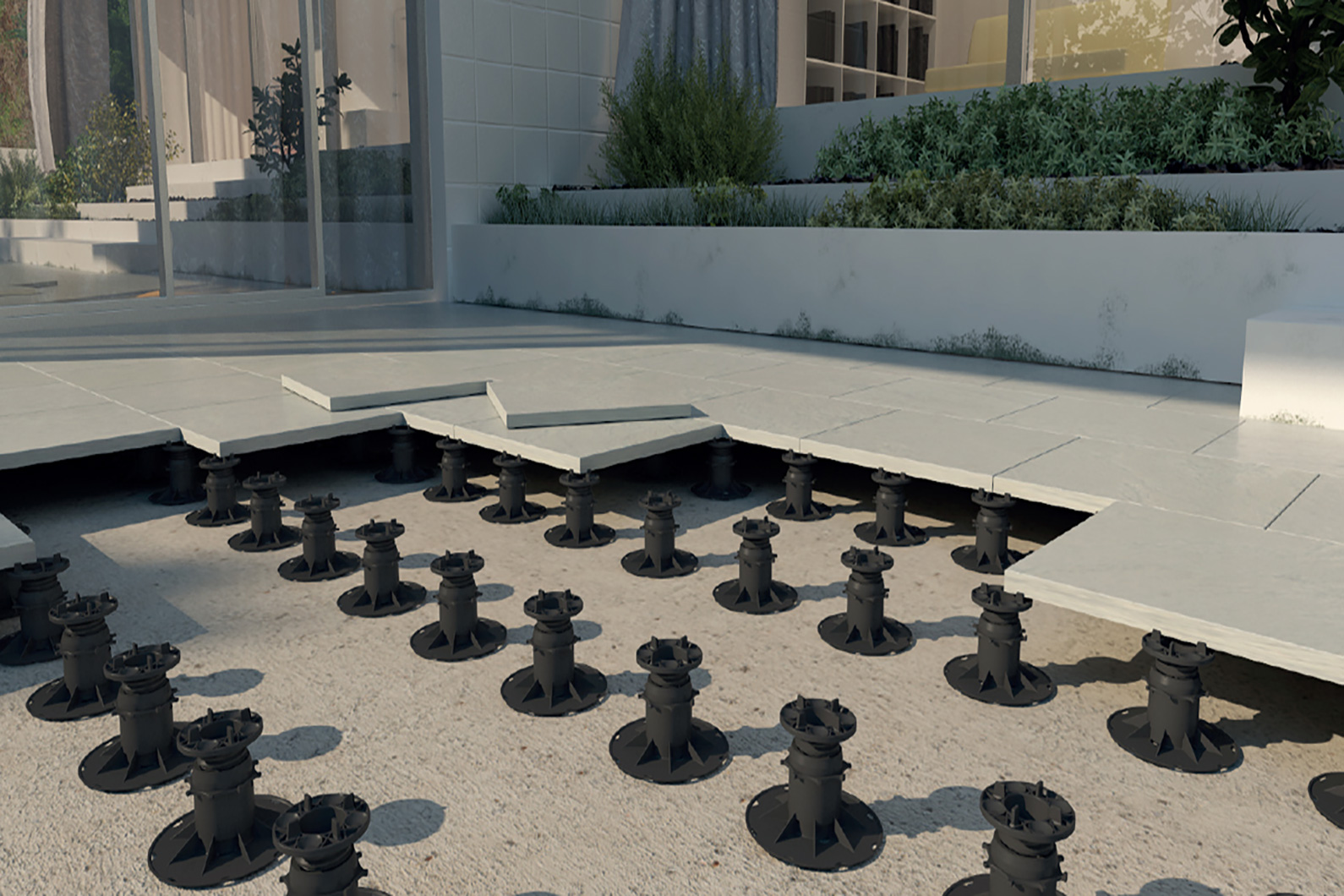What Is Cladding?
What Is Cladding?
Homeowners have traditionally used cladding to add value to their homes. Whether improving kerb appeal or increasing protection from the elements, cladding is a fast, easy and relatively cheap way to spruce up your home.
What is cladding and what is it used for?
Cladding is a second layer or skin that can be added to the outside of a building. It is non-load bearing and is attached to the building's framework using battens or spacers.
Cladding comes in various forms such as vertical or horizontal boards, sheets of material or overlapping panels such as tiles or shingles. It can be made from a variety of materials including wood, steel, aluminium, brick, vinyl, masonry and composite timber.
The primary reason most people use cladding is to give their home a stylish and consistent aesthetic, with cladding giving buildings more variety when it comes to the look of a facade.
Cladding can be finished in a variety of ways and applied over the entire exterior of a home, or just in parts in combination with other materials. And because it’s lightweight and non-load bearing, it can be used in a number of non-traditional ways.
But while aesthetic appeal is the primary motivation for its use, cladding has a number of secondary benefits as well;
- It provides a protective shell for the building, shielding it from direct wind and rain and with a backing of waterproof sarking to prevent any moisture from penetrating.
- It helps to reduce outside noise by adding a secondary layer through which sound must penetrate.
- It provides improved ventilation, making the home much easier to heat and cool when combined with other insulation techniques.
- It provides an extra layer of fire-resistance for buildings located in bushfire-prone areas.
What’s better for cladding, natural timber or composite timber?
Traditional timber cladding is still a popular choice for many homeowners, due to its lightweight construction and natural good looks. But in recent years, composite products have become popular in the market as they offer all the advantages of timber cladding without all the drawbacks.
While natural timber has an instinctive aesthetic appeal as a building material, it’s also prone to rotting, splitting and warping over time and requires a good deal of maintenance to keep it looking good.
By comparison, composite timber cladding is;
- Low maintenance – because it’s pre-finished, it’ll go on looking great for upwards of 25 years, without the need to paint, seal or stain and only requiring an occasional wash down with soapy water.
- Eco-friendly – while trees must be harvested to make timber cladding, composite cladding recycled timber waste products and plastics and uses natural minerals and polymer resins.
- Great looking - available in a variety of timber grain colours and finishes, it accurately mimics the natural appeal of wood.
- Long lasting - composite timber cladding boards are stiffer than wood and less likely to crush, are UV-resistant and will stand up to all kinds of weather conditions.
- Hard wearing – unlike natural timber cladding, they are resistant to termites and mould and perform well in salt water environments.
- Great value – while a little more expensive initially, composite timber will pay for itself in the long-term with savings in time and money normally spent maintaining timber cladding.
Get in touch with KEKSIÄ for Composite Cladding
Interested in learning more about composite cladding? At KEKSIÄ, we can help you choose the product that will deliver the best results for your project.
So call us for expert help and advice or fill out the query form on our Contact page and a member of our expert team will be in touch with you.


